Trusted by industry


What are the current challenges?
Increasing costs and liabilities
Managing the preparation, travel and machinery to inspect assets via rope access or EWPs is expensive and time-consuming.
This significantly increases the Total Cost of Ownership (TCO), and can impact ongoing operations.
Challenging site access
Traditional assessments will only cover 20-30% of the asset, via spot or representative inspection that is limited by access, budgets and time.
Over time, this can fail to address hidden risks, which can negatively impact asset performance.
Safety and environmental
Putting personnel on ropes or cranes to assess high-risk areas can create hazardous work conditions.
Relying on equipment also significantly increases overall costs and carbon emissions of the inspection cycle.
A digital solution that provides full context

Remote inspections with engineering-grade detail
Generate 3D models with details down to the millimetre to spot vulnerabilities like spalls, micro-cracks, corrosion, and stress fractures.
Identify vulnerabilities across high-risk environments without costly shutdowns or personnel safety risks.
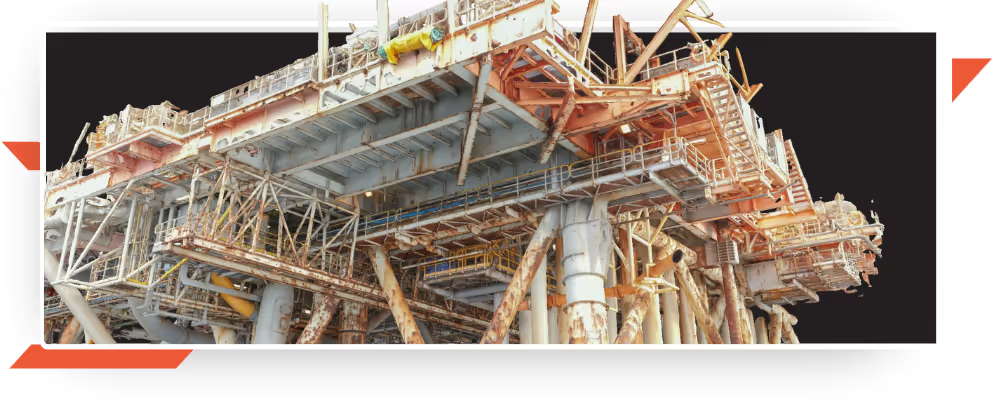
Reduce risks and minimise disruptions
Reduce work-at-heights through remote inspections, minimising time spent manually scaling high structures or active machinery zones.
Build an accurate digital record of asset condition for more strategic decisions that enhance structural longevity.
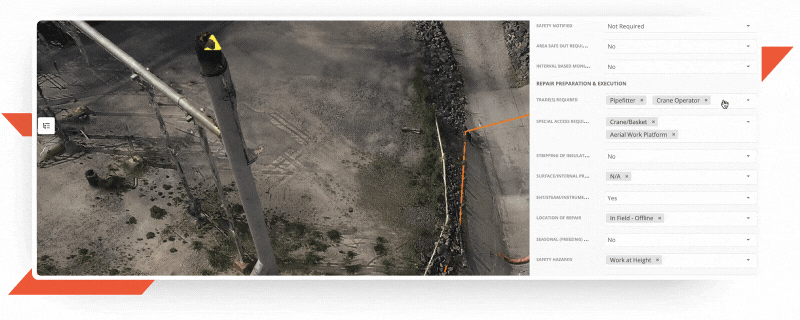
Proactive maintenance backed by evidence
Provide stakeholders with visually intuitive data for proactive maintenance planning and prioritisation of repairs.
Deliver accurate digital reports that stand up to scrutiny, protecting your people, your investments, and your reputation.
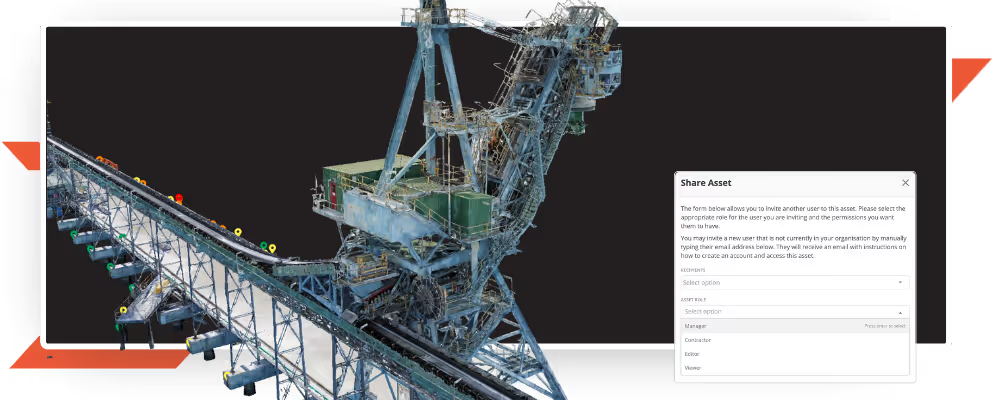
Collaborate with global experts
Share models, annotations, and reports effortlessly to keep everyone aligned, and facilitate active collaboration.
Streamline workflows with tools like Reports, Templates and Annotations that save time and tedious admin effort.
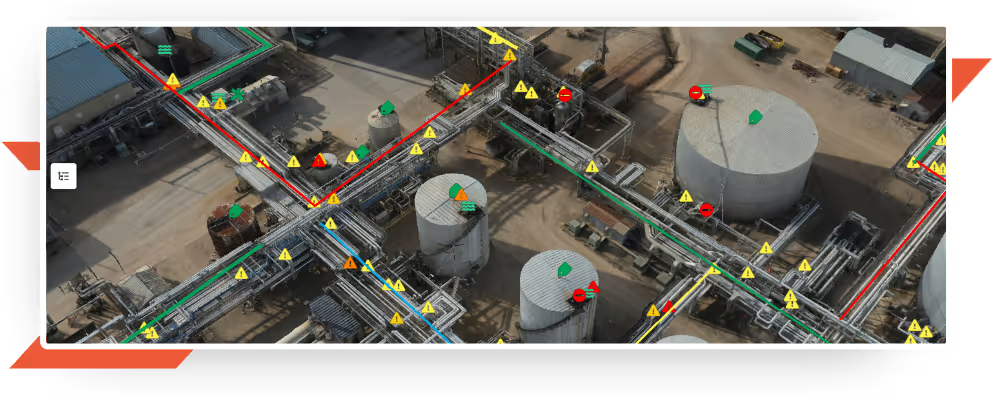
Sustainable and scalable to meet ESG targets
Optimise ESG initiatives with data-backed strategies that reduce environmental impact.
Track, measure, and optimise sustainability efforts in asset management.
How we help clients succeed
Explore our success stories with industry leaders from around the world.
98%
more asset coverage
10x+
return on investment
75%
time back
70%
less risks
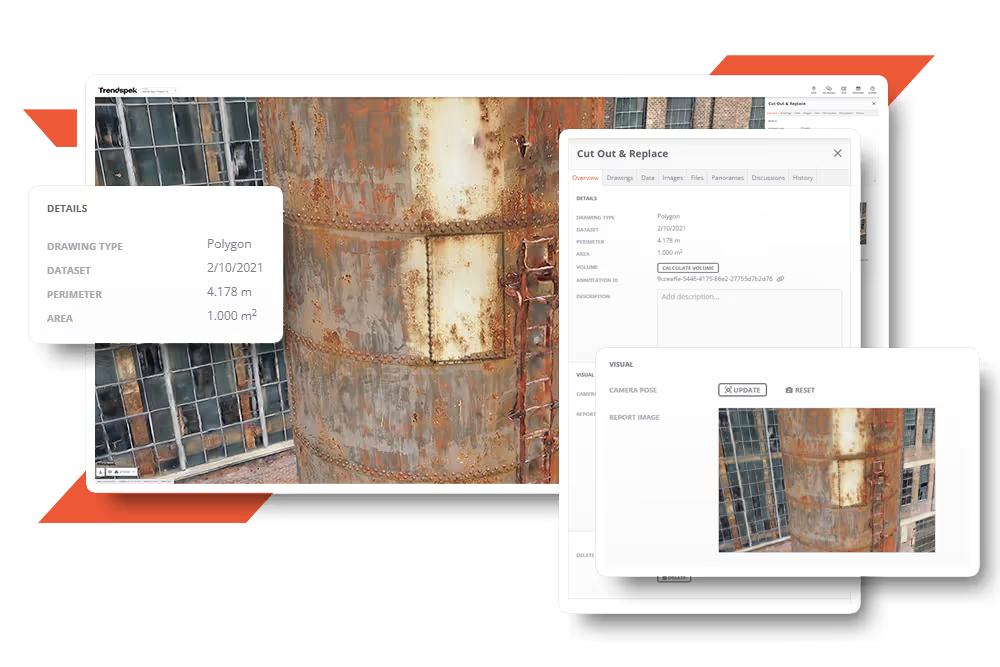
Explore our platform
Customise Templates to meet client risk classifications
Ready to explore Trendspek?
Our team is here to help you, from start to finish.
Book a discovery call with our team, and we'll explore how Trendspek can support your goals.












.avif)
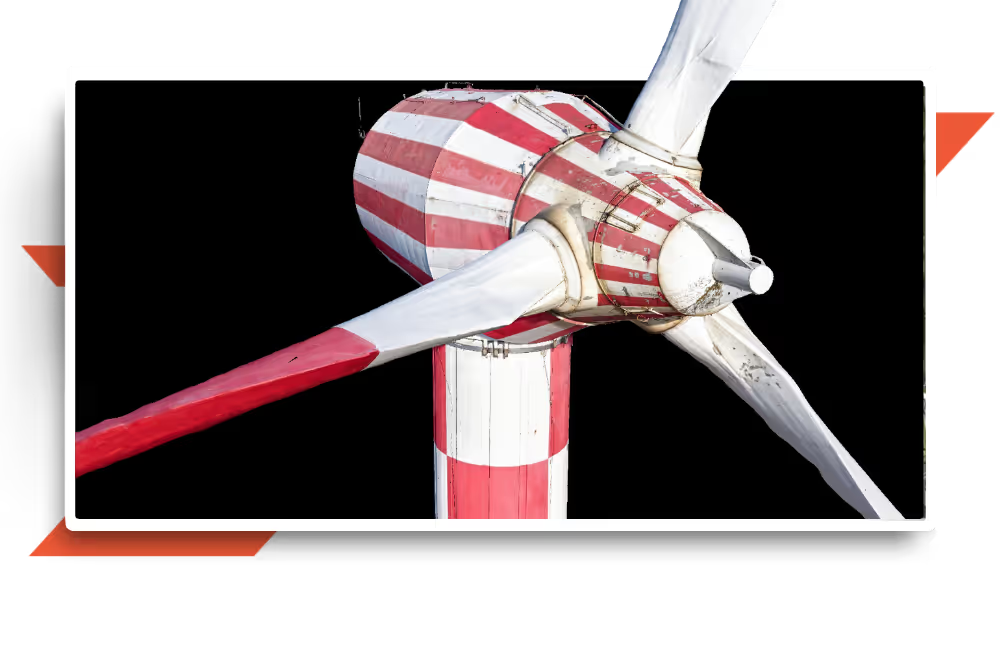
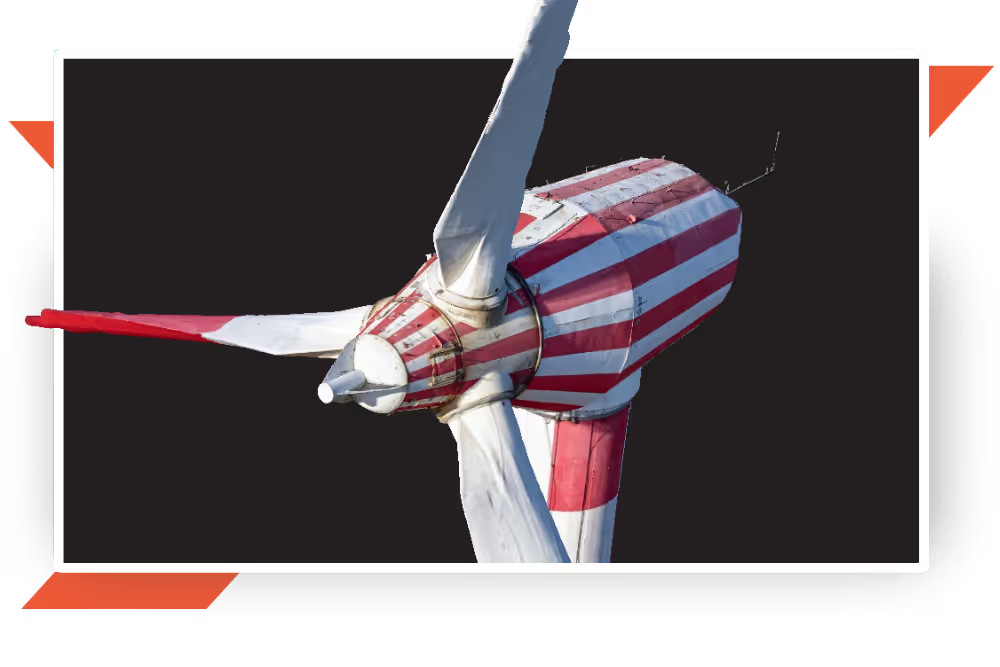

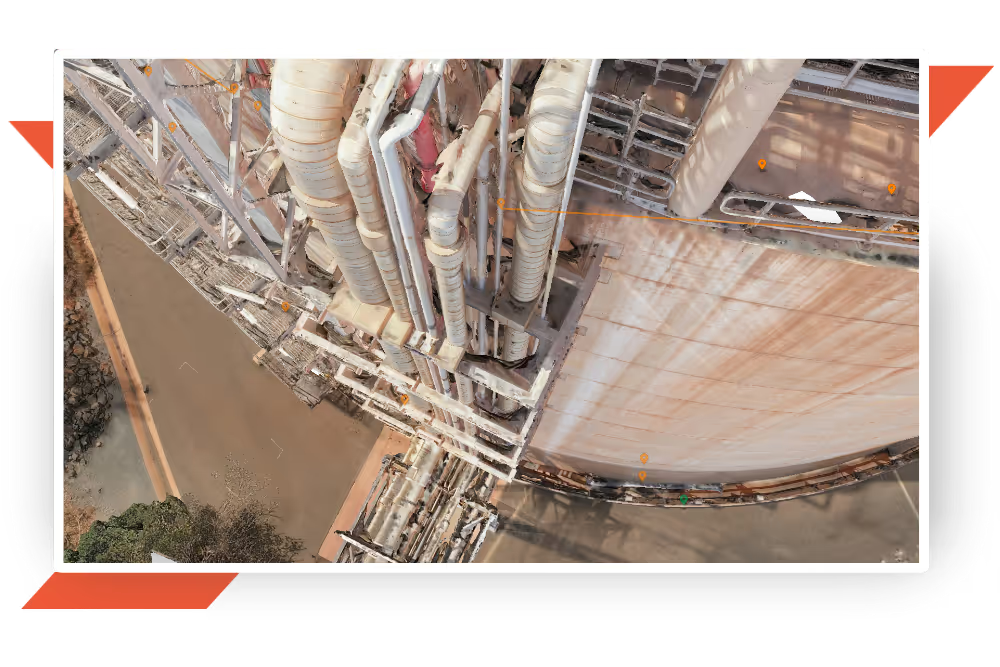
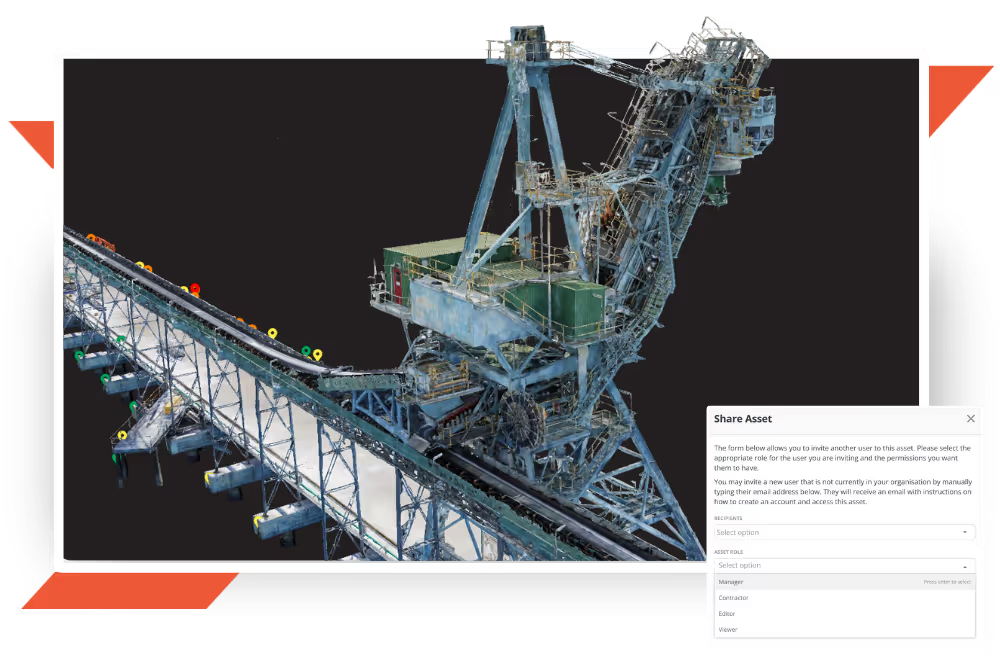
.avif)
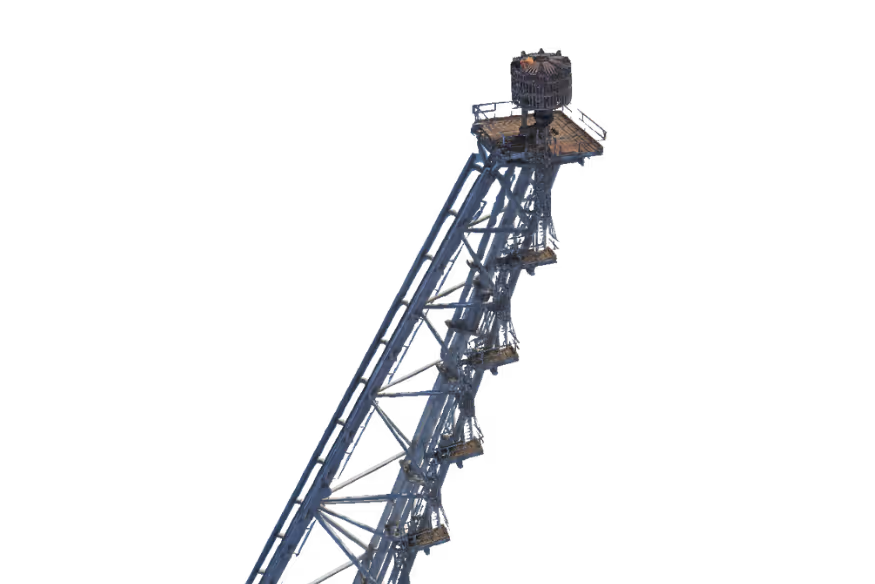
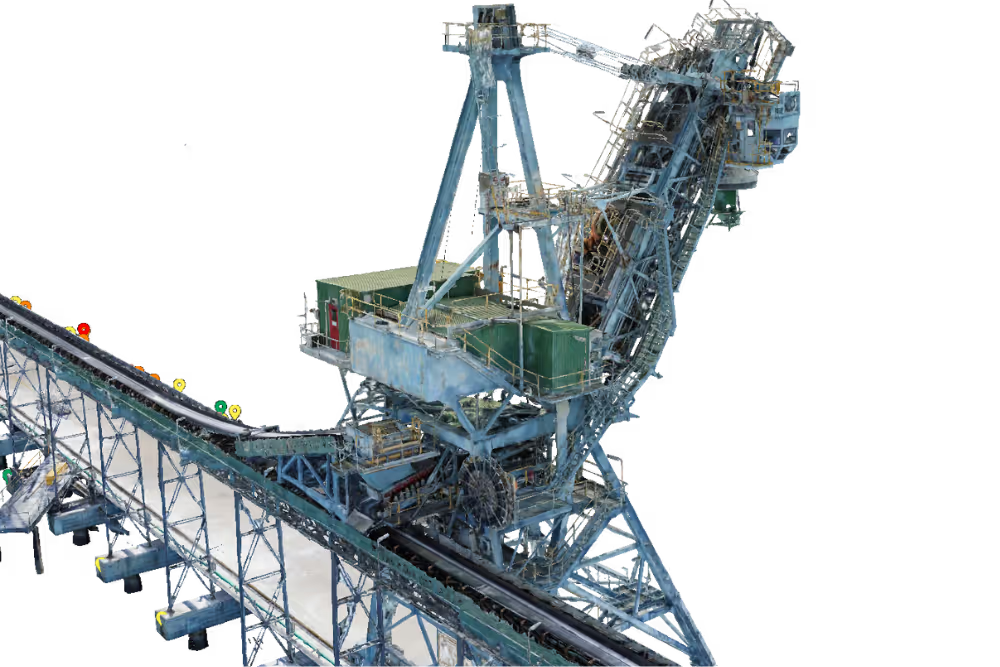
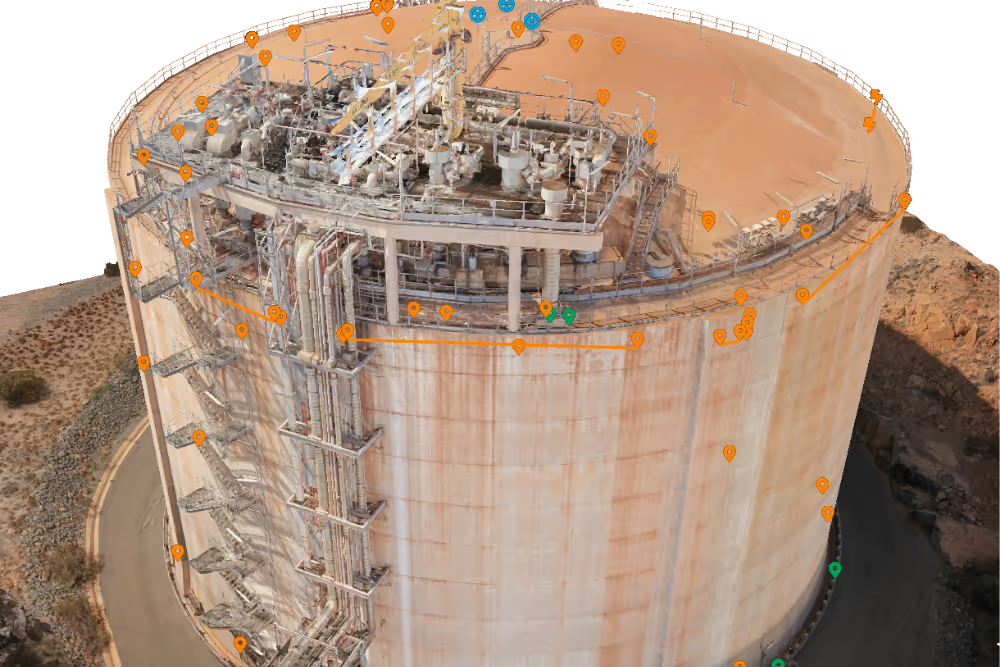
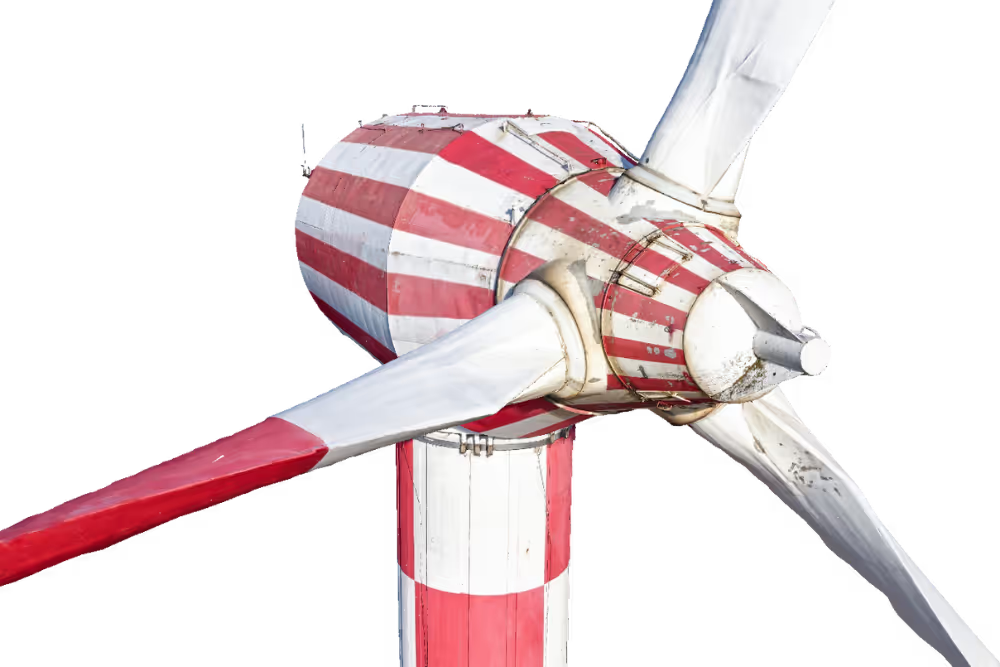
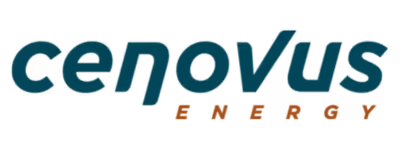

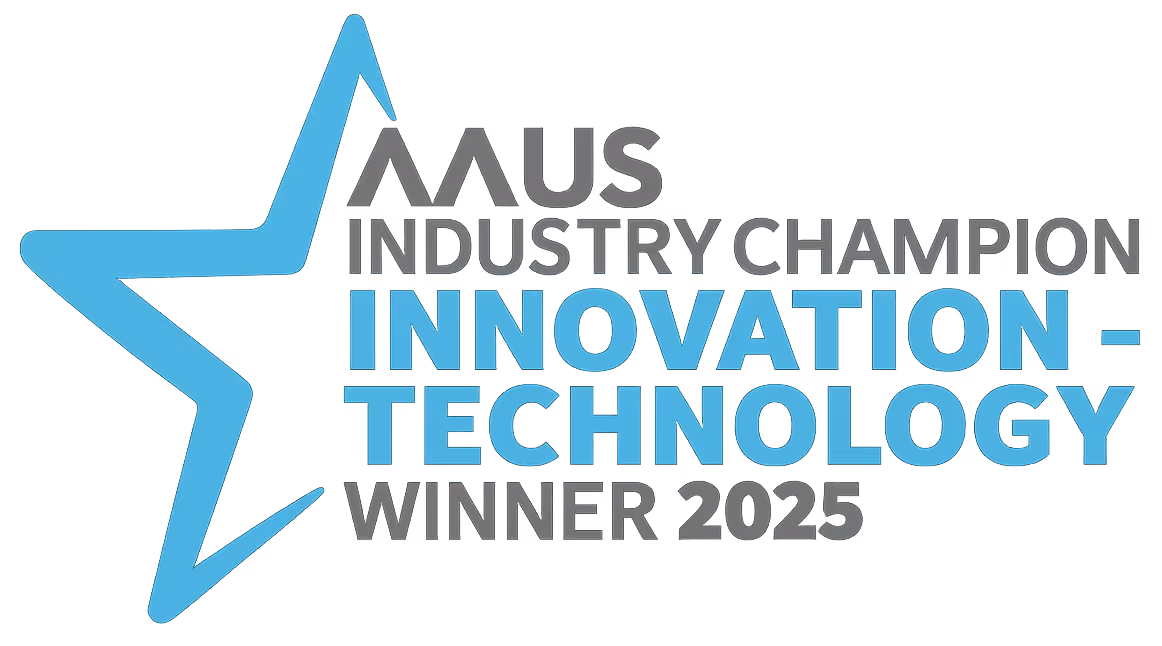
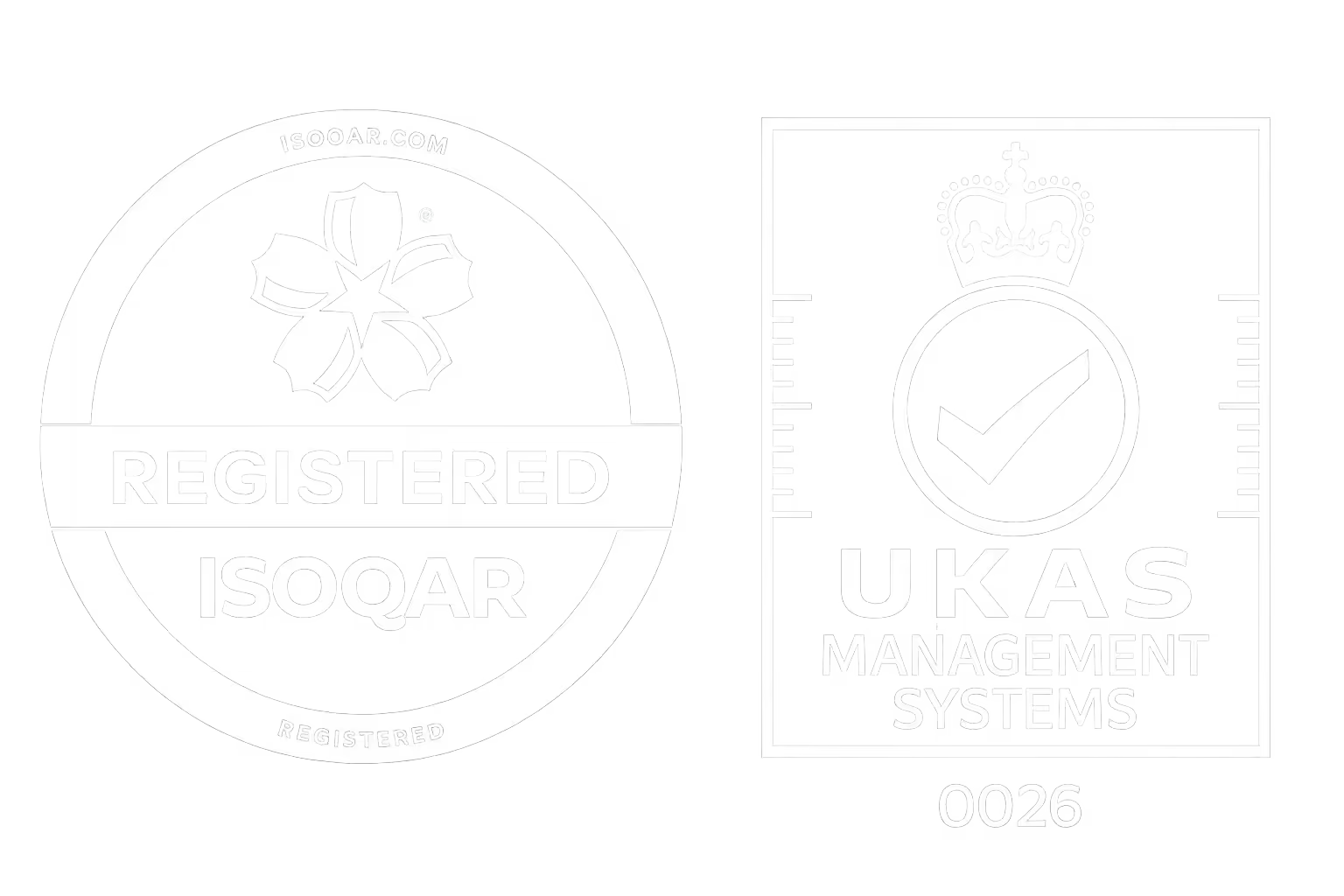

.svg)